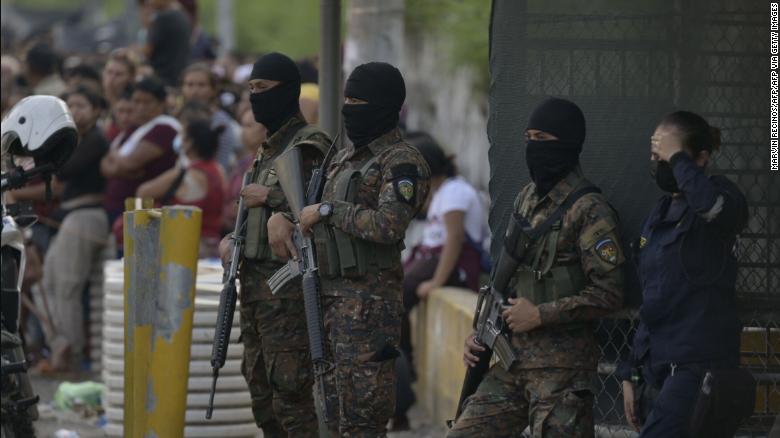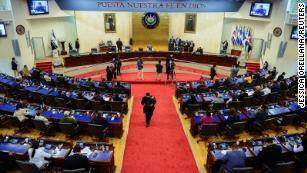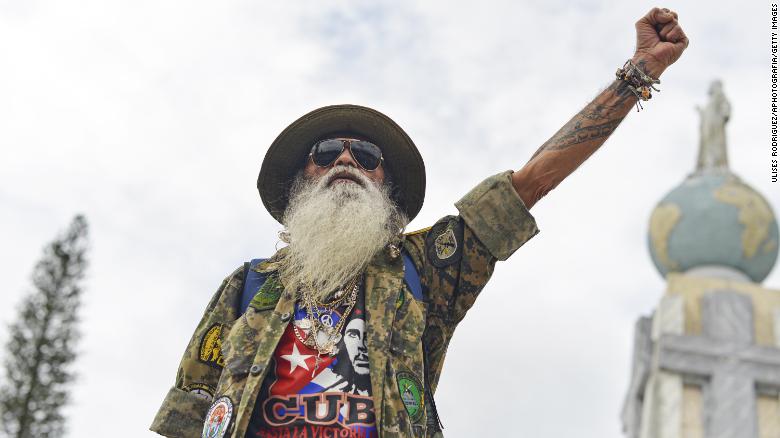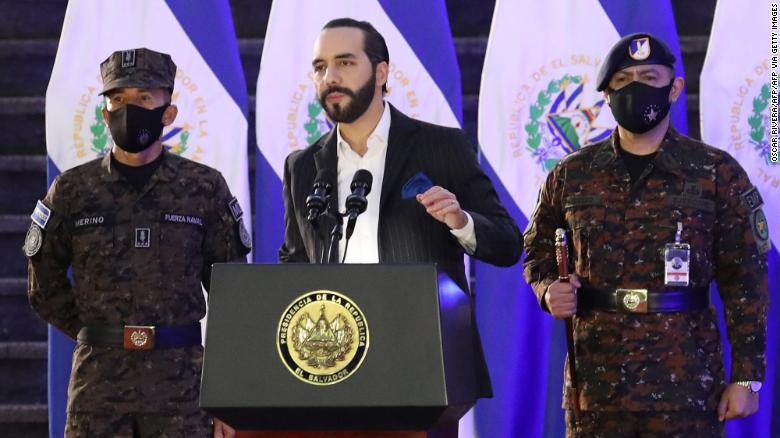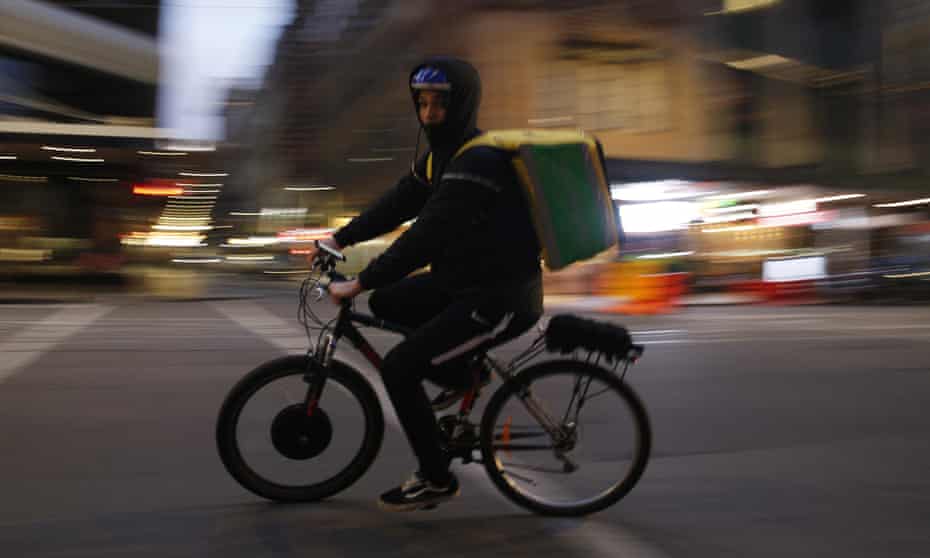
Australian PM Anthony Albanese lights the beacon for Queen Elizabeth II's Platinum Jubilee in Australia on June 2, 2022. PHOTO: EPA-EFE
SYDNEY (REUTERS) - Australia's new prime minister joined more than 50 Commonwealth leaders in paying tribute to Queen Elizabeth amid celebrations of her 70 years on the throne but added that the relationship had matured, fuelling debate about becoming a republic.
Mr Anthony Albanese, whose centre-left Labor party ended nearly a decade of conservative government in a May 21 election, praised the Queen as "an enduring, inspiring, growing presence of calm, decency and strength" in the capital, Canberra, where he lit a beacon to mark the Platinum Jubilee.
But he noted that although Australians felt affection for the Queen, "the bond between our nations is no longer what it was at the dawn of her reign".
The relationship was "no longer parent and young upstart", Mr Albanese said at the low-key event late on Thursday (June 2). "We stand as equals; more importantly, we stand as friends".
The remarks build on a debate that has simmered for decades in Australia, which was colonised by the British in 1788 and remains a key Commonwealth member. The discussion was reignited on Tuesday when Mr Albanese named the country's first "assistant minister for the republic" in his ministry.
The minister, Mr Matt Thistlethwaite, later told media he would wait until Labor's second term to advocate for a republic but that as Queen Elizabeth approached "the end of her reign, Australians are naturally beginning to ask themselves, well, what comes next"?
The Australian Monarchist League accused the new government of misleading the country by promising no change to the system of government before the election.
"It's unheard of to have a minister of the Crown whose sole purpose is to remove the Crown," the Australian Financial Review quoted monarchist league chairman Philip Benwell as saying.
Mr Albanese has supported republicanism. In his first speech to Parliament in 1996, he lamented that Labor lost an election that year because his party had an "exciting vision of a diverse and just Australian republic for the 21st century".
In 1999, a referendum held by conservative then Prime Minister John Howard, a monarchist, went in favour of maintaining the status quo, 55 per cent to 45 per cent.
SYDNEY (REUTERS) - Australia's new prime minister joined more than 50 Commonwealth leaders in paying tribute to Queen Elizabeth amid celebrations of her 70 years on the throne but added that the relationship had matured, fuelling debate about becoming a republic.
Mr Anthony Albanese, whose centre-left Labor party ended nearly a decade of conservative government in a May 21 election, praised the Queen as "an enduring, inspiring, growing presence of calm, decency and strength" in the capital, Canberra, where he lit a beacon to mark the Platinum Jubilee.
But he noted that although Australians felt affection for the Queen, "the bond between our nations is no longer what it was at the dawn of her reign".
The relationship was "no longer parent and young upstart", Mr Albanese said at the low-key event late on Thursday (June 2). "We stand as equals; more importantly, we stand as friends".
The remarks build on a debate that has simmered for decades in Australia, which was colonised by the British in 1788 and remains a key Commonwealth member. The discussion was reignited on Tuesday when Mr Albanese named the country's first "assistant minister for the republic" in his ministry.
The minister, Mr Matt Thistlethwaite, later told media he would wait until Labor's second term to advocate for a republic but that as Queen Elizabeth approached "the end of her reign, Australians are naturally beginning to ask themselves, well, what comes next"?
The Australian Monarchist League accused the new government of misleading the country by promising no change to the system of government before the election.
"It's unheard of to have a minister of the Crown whose sole purpose is to remove the Crown," the Australian Financial Review quoted monarchist league chairman Philip Benwell as saying.
Mr Albanese has supported republicanism. In his first speech to Parliament in 1996, he lamented that Labor lost an election that year because his party had an "exciting vision of a diverse and just Australian republic for the 21st century".
In 1999, a referendum held by conservative then Prime Minister John Howard, a monarchist, went in favour of maintaining the status quo, 55 per cent to 45 per cent.
